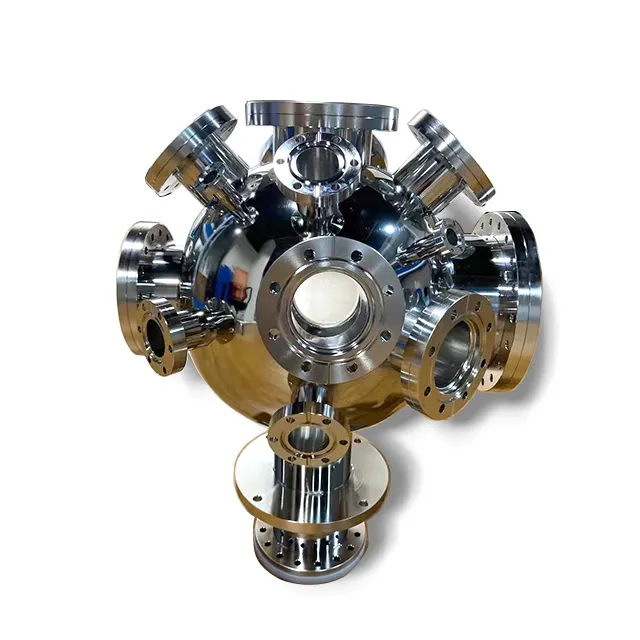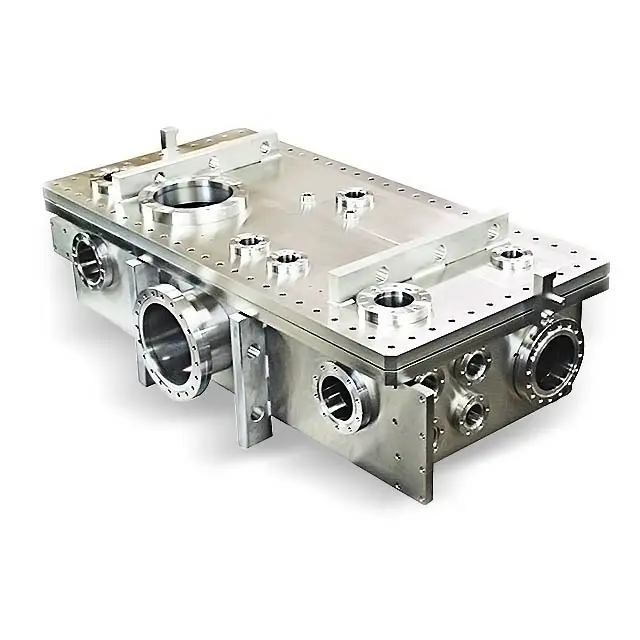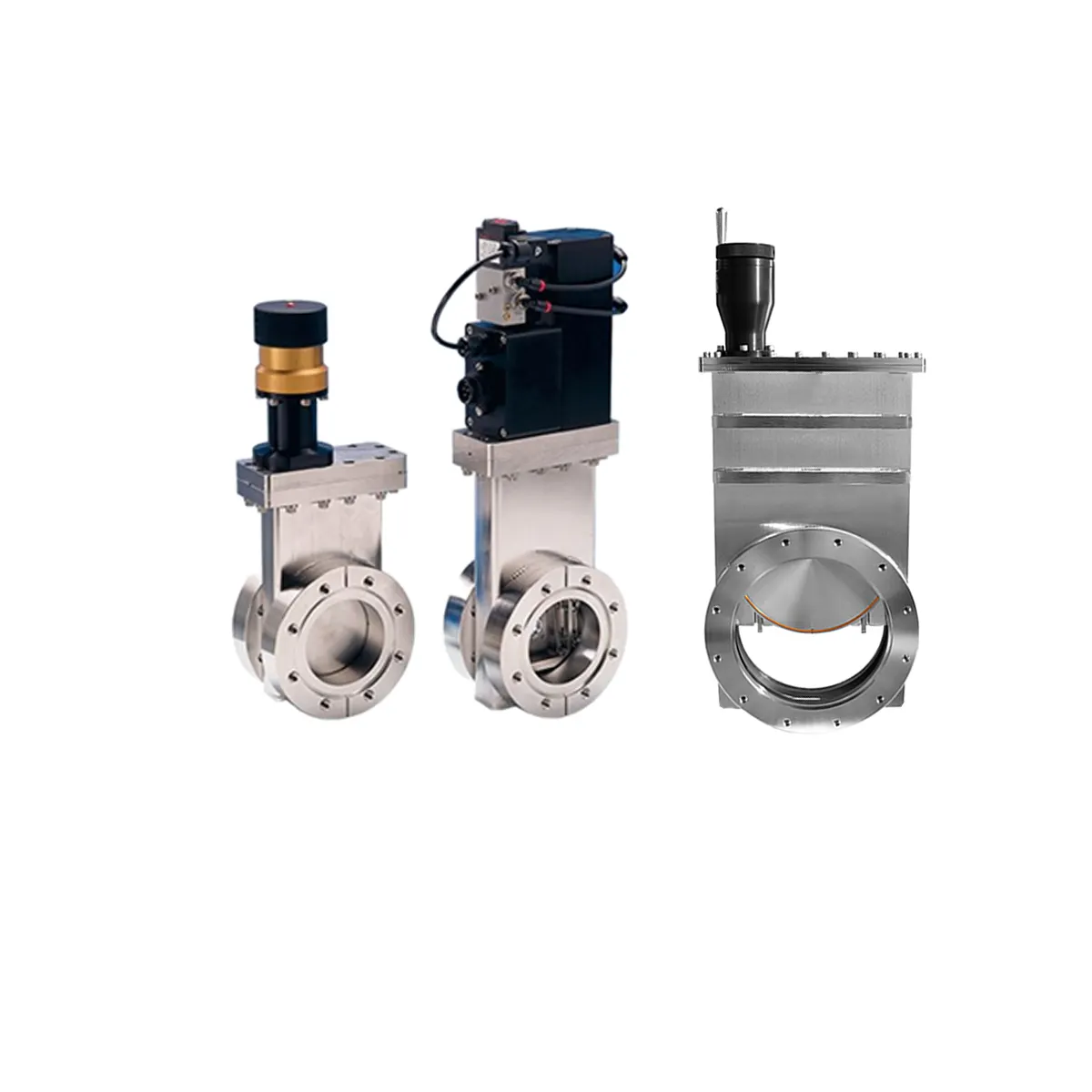ultra high vacuum fittings
Ultra high vacuum (UHV) fittings are essential components in advanced vacuum systems, designed to maintain exceptionally low pressure environments crucial for scientific research, semiconductor manufacturing, and advanced materials processing. These precision-engineered fittings utilize specialized materials and construction techniques to achieve leak rates lower than 10-9 mbar-l/s, ensuring optimal vacuum integrity. The fittings incorporate metal-to-metal seals, typically using copper gaskets and knife-edge flanges, which create hermetic seals capable of maintaining pressures below 10-9 mbar. Each fitting undergoes rigorous testing and certification processes to guarantee performance in demanding applications. The design features include precision-machined surfaces, specialized alloy construction, and carefully engineered sealing mechanisms that prevent virtual leaks and outgassing. These fittings are compatible with various vacuum chamber configurations and can withstand bakeout temperatures up to 450°C, making them ideal for ultra-clean processing environments. The modular nature of UHV fittings allows for flexible system design and easy maintenance, while their robust construction ensures long-term reliability in critical applications.


